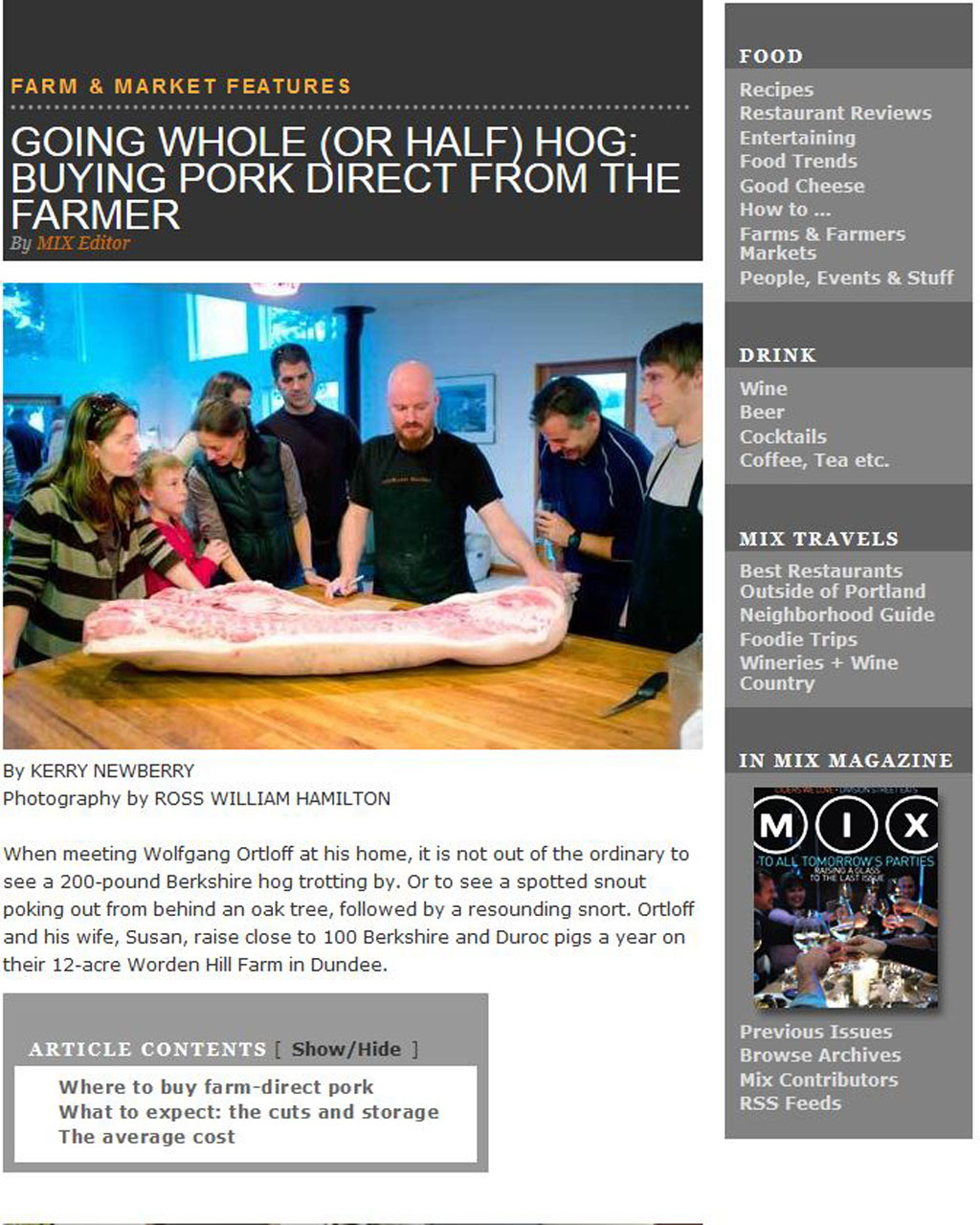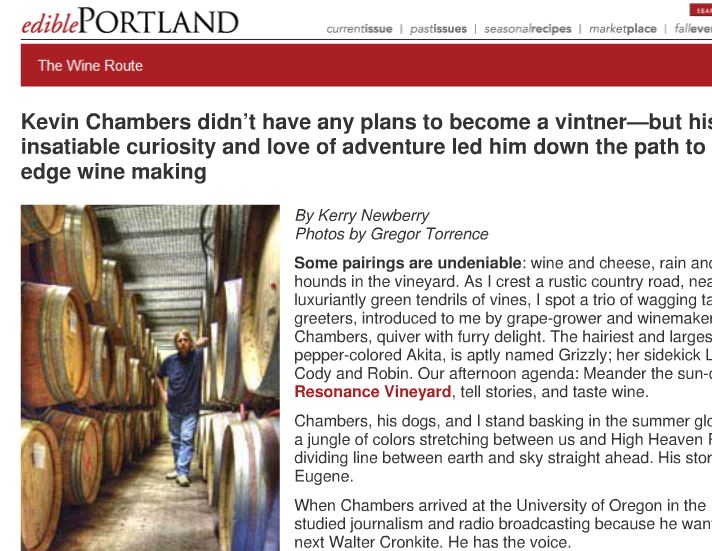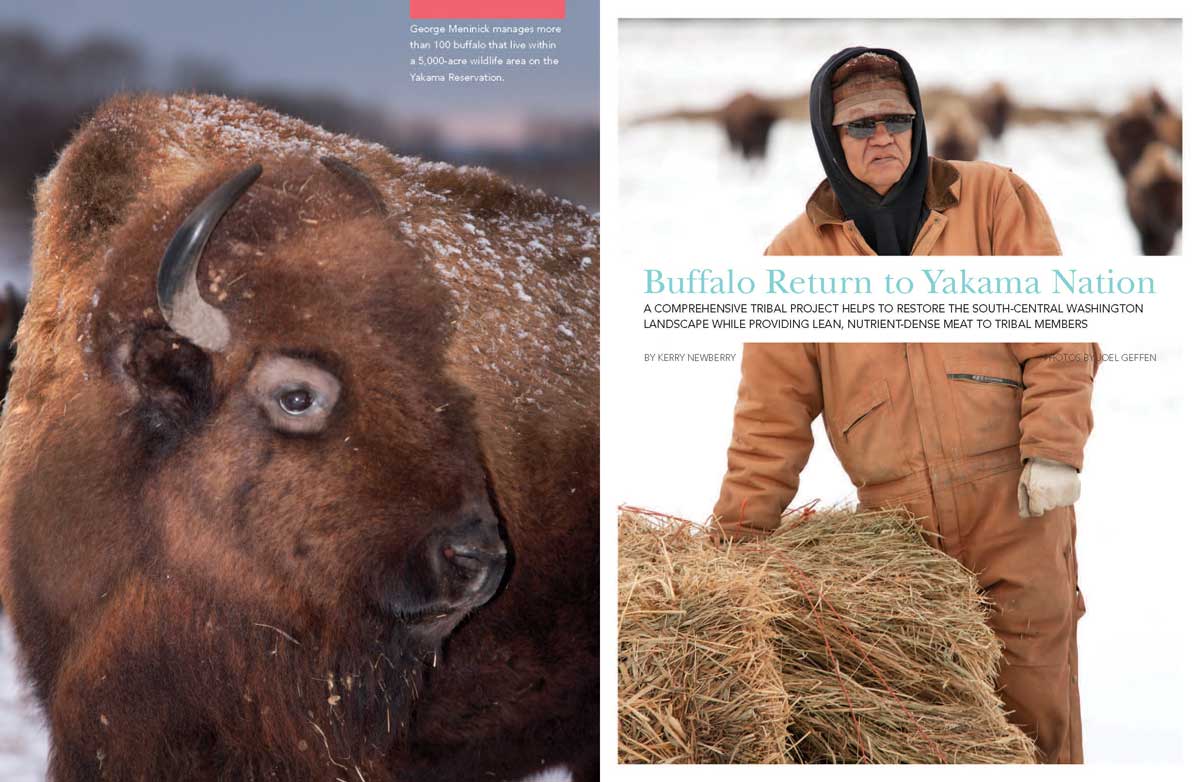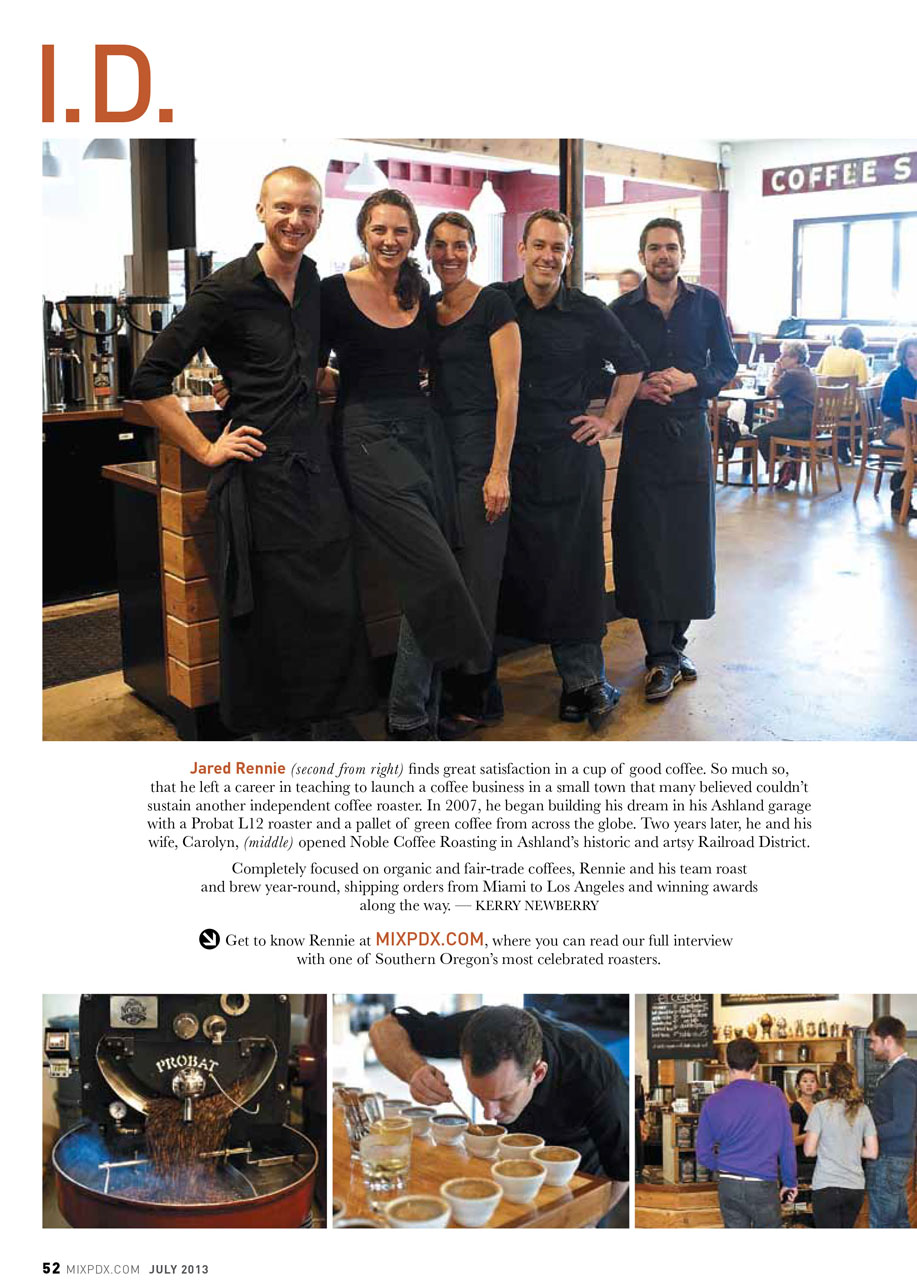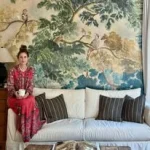Toasting Hopworks Brewery

The Pacific Northwest’s first certified B Corporation and the world’s first Salmon-Safe certified brewery taps into Kernza, a perennial grain that turns beer into a force for the good.
Can a pint of beer spark a sustainability revolution?
That’s a question tackled almost daily at Portland’s Hopworks Urban Brewery. Whether you order their single-hop IPA, a multi-grain coffee stout, or a bottle-conditioned Belgian ale, a pint of beer from Hopworks carries a calling higher than just quenching your thirst.
For founder and brewmaster Christian Ettinger, beer is a force for good. “We see beer as another opportunity to look at the way raw materials are sourced and then reused,” he says. “Our goal is to make world-class beer as sustainably as possible.” Since launching in 2007, Portland’s largest family-owned and family-operated brewery has been quietly pioneering a green beer revolution.
At their 20-barrel brewhouse, ingredients for all of their beers are locally sourced and certified organic. Environmental efforts extend well beyond sourcing, to minimalizing water and energy use and repurposing resources whenever possible.
The company sends over 750 tons of spent brewing grain to organic dairy farmers in the Willamette Valley for cattle feed, and recycles or composts 85% of their waste, working with local companies such as Urban Gleaners and Organic Valley to distribute usable food and reusable materials.
“We are the first certified B Corporation brewery in the Pacific Northwest, and our campus is the first Salmon-Safe certified brewery in the world,” says Christian. It wasn’t long after the company achieved B Corps certification in 2015 that Ettinger received a phone call from one of his business icons proposing an innovative project.
Patagonia Provisions (the food branch of the renowned outdoor retailer) reached out to Hopworks to collaborate on an experimental beer using a perennial grain called Kernza. Originally an intermediate wheatgrass (scientific name Thinopyrum intermedium), breeding of the novelty grain began in the late 1980s, with support from the Rodale Institute and the USDA.
After evaluating nearly 100 species, researchers selected Kernza as a promising perennial plant based on a wide array of traits that included seed yield, seed size, seed quality, and ease of harvest. Since 2003, Dr. Lee DeHaan has led the Kernza breeding program in Salina, Kansas, at The Land Institute, an organization dedicated to pioneering perennial grain and seed crops and fostering regenerative organic agriculture.
“We are trying to create an agricultural production system that results in conservation as a consequence of production, not conservation or production,” says Lee. He sees this as an essential counterpoint to the dominant industrial model of agriculture, which relies heavily on pesticides and synthetic fertilizers that deplete and degrade the soil, and surrounding water sources. “Therefore, we try to get agriculture to produce like mad on limited acres, and then we attempt to put fences around places where we want to protect wild biodiversity.”
The Land Institute views perennial grains as a necessary paradigm shift in modern agriculture. “What has happened in annual grain agriculture is that we hit the tillage or herbicide ‘reset button’ every year, killing essentially all plant life in the field,” says Lee. “This sort of catastrophic event is rare in nature — like after a volcano or severe flood. But we do this every year, and it results in soil quality declining because roots are not present often enough or at high enough density to build soil.”
Additionally, roots physically hold the soil in place. “When they are not there, the soil is easily washed away by water or blown away by wind,” says Lee. Kernza grain plants are deeply rooted, which makes them ideal for organic regenerative agriculture. Mature plants can extend 10 feet or more beneath the soil surface, which is more than twice the depth of annual wheat roots. This robust root system allows the plant to thrive with less water, and vastly reduces erosion.
The name Kernza is a portmanteau of kernel and Konza, the Native American word-origin of Kansas, according to Lee. “So loosely, grain from Kansas.” The main traits Lee has tried to improve are seed yield, seed size, reduced seed shatter (dropping), and free threshing (coming easily out of the hull). Other traits the researchers are working on include reduced lodging (plant stalks falling over) reduced height, early maturity (to avoid heat), disease resistance, and improved quality for bread-making.
“We need grains to feed our civilization,” says Lee, noting that with the expanding world population, our current agricultural system will not last. He sees the future in perennial plants that build soil and, at the same time, produce abundant food that is directly edible by humans. “The good news is that it is indeed possible to create such plants. We now have the techniques to do it. It just takes time and willingness to invest consistently in the research.”
That’s where businesses like Patagonia Provisions and Hopworks fit into the movement. The aptly named Long Root Ale is the first commercial beer made using Kernza as an ingredient. Made in the style of a Northwest Pale Ale, the brew contains 15% Kernza along with organic two-row barley, organic yeast, and a blend of organic Chinook, Mosaic, and Crystal hops.
Ettinger says it took about five test batches over the course of six months to create the ale, experimenting with different hops and percentages of Kernza along the way. “The Kernza adds a beautiful, yet subtle spiciness and earthy flavor to the beer,” he says.
There are a few other places around the country experimenting with the Kernza grain, including The Perennial restaurant in San Francisco, where they’ve developed a bread made with 40% Kernza and 60% wheat flour; and Dumpling & Strand, Noodlers at Large, in Minneapolis. “We’re using Kernza in our noodles in a number of shapes including mafaldine, stradette, pappardelle, and fettuccine,” says co-proprietor Kelly McManus. “We are in love with the flavor profile,” she adds, “it’s a nutty note with a finish of black tea.” Additionally, Ventura Spirits in California just released Grassroots, the first whiskey distilled from Kernza.
“Seeing actual food products on the shelf or menu enlarges everyone’s imagination and increases the confidence of those who support this work financially,” says Lee. “But more importantly, I can now begin to understand the potential for what is to come.”
Kernza is currently grown by a cooperative in Roseau, Minnesota. But Lee expects it to be a natural fit in regions with a cooler summer (where yields can by higher), where there is a deep soil and adequate moisture, and where soils are sloping and can benefit from perennials preventing erosion. Other current on-farm plantings are in Wisconsin, Illinois, Ohio, New York, and Oregon.
“We ultimately would love to see all breweries discussing the importance of thoughtful sourcing of ingredients,” says Ettinger. “There are now over 5,000 breweries in the United States, so the opportunity to effect change through sourcing organic, Salmon-Safe, experimental, organically grown, or local, is greater than ever before.”
Back to that pint of beer as a catalyst for change: One of the benefits of beer is that it’s a starting point for conversation. Which makes it an ideal choice for meaningful dialogue about the environment, sustainability, and the future of farming. When you raise your glass of Long Root Ale and savor those earthy notes, remember that you are also tasting the magnitude of possibility.
Edible Portland | March/April 2017
Click here to read on the Edible Portland website https://edibleportland.com/toasting-hopworks-brewery-beer-as-a-force-for-good/.
